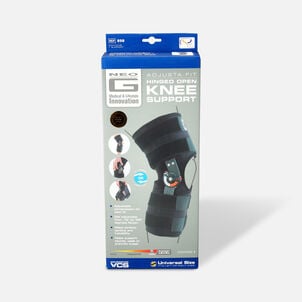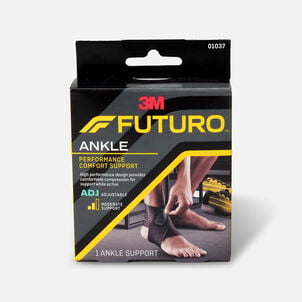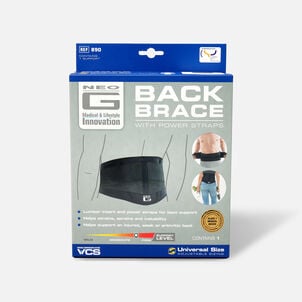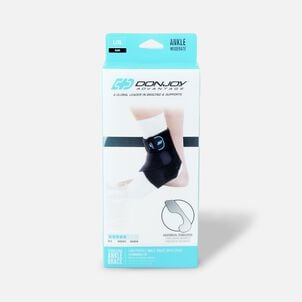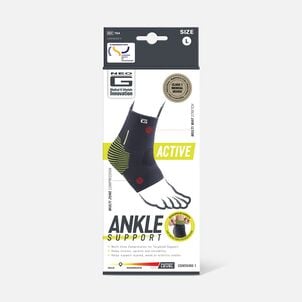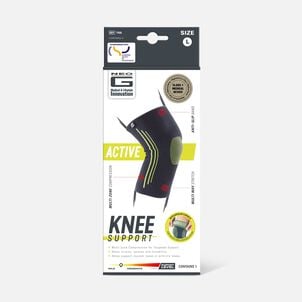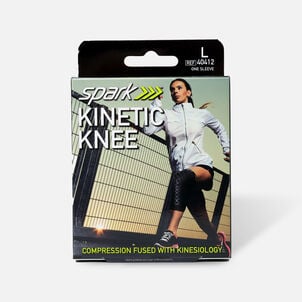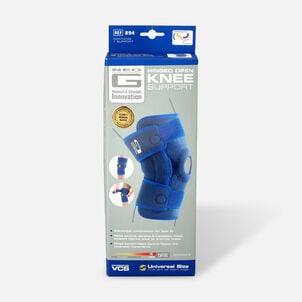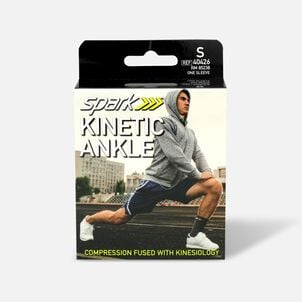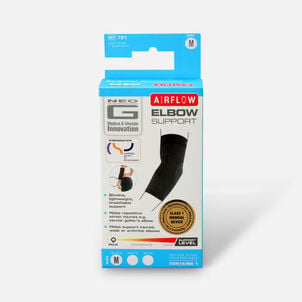The Complete HSA Eligibility List
Here it is — the most-comprehensive eligibility list available on the web. From A to Z, items and services deemed eligible for tax-free spending with your Flexible Spending Account (FSA), Health Savings Account (HSA), Health Reimbursement Arrangement (HRA) and more will be here, complete with details and requirements. Important Reminder: HSAs, FSAs, HRAs and other account types listed may not all be the same. Be sure to check with your administrator to confirm if something is eligible before making a purchase.
Here it is — the most-comprehensive eligibility list available on the web. From A to Z, items and services deemed eligible for tax-free spending with your Flexible Spending Account (FSA), Health Savings Account (HSA), Health Reimbursement Arrangement (HRA) and more will be here, complete with details and requirements. Important Reminder: FSAs, HRAs and other account types listed may not all be the same. Be sure to check with your administrator to confirm if something is eligible before making a purchase.
Ankle Brace: HSA Eligibility
Ankle Brace: eligible with a Health Savings Account (HSA)HSA Eligible Braces & Supports
What is an ankle brace?
Ankle braces are the primary means of treating ankle sprains, soft tissue injuries, and ligament tears that result from accidents, sports injuries and other forms of overexertion. While pain relief medications and rehabilitative therapies can control pain and speed recovery times, immobilizing the affected area is the primary method of rehabilitating these types of injuries (Mayo Clinic).
Many doctors recommend the "RICE" approach in treating injuries, which refers to Rest, Ice, Compression and Elevation. Ankle braces fit seamlessly into this approach by first stabilizing the affected area to prevent further strain, and providing compression to prevent inflammation by compressing and helping support underlying tissue. Here's how the technique works via WebMD:
- Rest: Ankle braces can immobilize joints when performing day-to-day activities, but if they are available, crutches are the best option to prevent re-injury.
- Ice: Ice packs (which are also FSA/HSA/HRA eligible) are a proven method in reducing inflammation and pain that arise after sprains or muscle pulls, and it should be applied continuously for three to four days after the injury occurs.
- Compression: Ankle braces also provide a degree of compression therapy to aid in the reduction of swelling and bruising by improving blood flow. These braces should be worn for one to two weeks after the injury occurs to prevent further injury and to speed recovery times.
- Elevation: In the immediate aftermath of an injury, make an effort to elevate the ankle above heart level for at least two to three hours each day. This will help reduce swelling and bruising over time.
How are ankle re-injuries prevented?
With the steady use of an ankle brace with traditional rehabilitative techniques, ankle sprains will heal in several days or weeks. Ankles are susceptible to future injuries, but they can be prevented by strengthening the muscles with regular exercises. Toe/heel raises, ankle circles and other exercises should only be performed after the injury is fully healed, but repeating them three to four times per week in the months following the injury can dramatically reduce chances of re-injury by reinforcing the protection for ligaments.


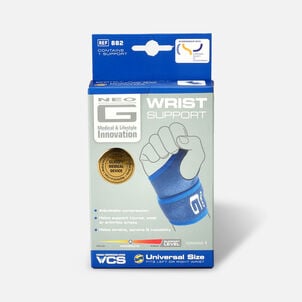

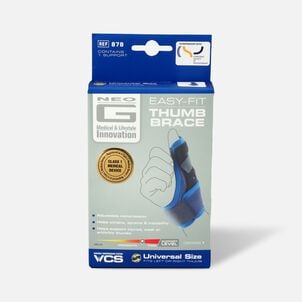
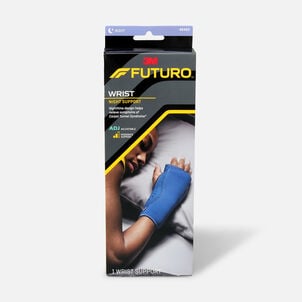
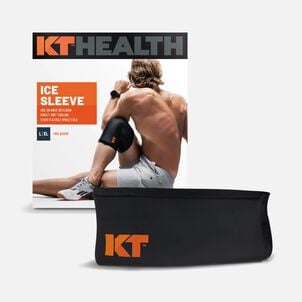
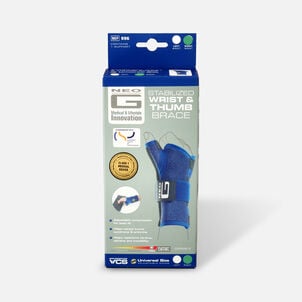

-1.jpg?sw=302)
